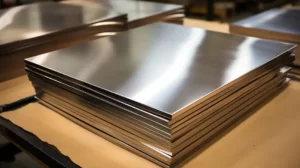
How to Polish Titanium: Unlocking the Secrets to Perfect Luster
The finishing process is a crucial aspect of customizing metal precision parts. Polishing can improve a piece’s overall appearance, functionality, and quality. We’ve seen how
⚡️ Tariff Reduction Now Available! Quick Shipment & B2B Clearance Sale – Limited 90-Day Window!
We regularly update articles related to the manufacturing industry.

The finishing process is a crucial aspect of customizing metal precision parts. Polishing can improve a piece’s overall appearance, functionality, and quality. We’ve seen how
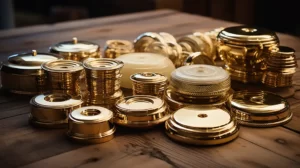
Brass finishes come in a variety of types. Popular ones include polished, satin, antique, brushed, lacquered, and oil-rubbed. Each has a different look, feel, and level of durability. Some are better for decorative use, while others resist tarnishing and hold up in industrial settings.

Stainless steel passivation is a chemical treatment designed to remove free iron and other contaminants from the surface. This process restores the steel’s natural oxide layer, which enhances its corrosion resistance.
Typically, the treatment involves immersing the steel in an acid solution, such as nitric or citric acid, followed by rinsing and drying to ensure a clean and durable surface.
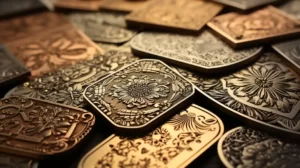
Brass stamping is a metalworking process that uses specialized tools and dies to form brass sheets into specific shapes. The process applies controlled force to cut, bend, and shape the material into precise components. Modern stamping operations combine automated machinery with expert craftsmanship to achieve exceptional results.
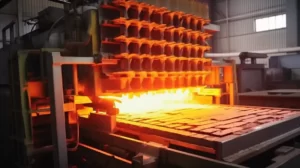
Heat treatment is a process where aluminum is heated and then cooled in a specific way. The goal is to change the internal structure of the metal. This change affects the metal’s hardness, strength, and flexibility.
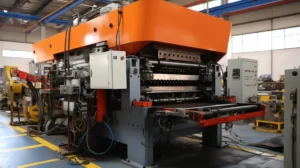
Manufacturing products with sheet metal poses unique challenges. Many engineers and designers struggle with precision cutting, material waste, and inconsistent quality in their production runs.
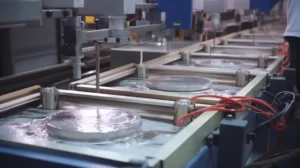
Electropolishing is an electrochemical process that removes material from the surface of a metallic workpiece, typically stainless steel or similar alloys.
This technique enhances surface finish and corrosion resistance by selectively dissolving high points in the metal surface, resulting in a smoother, more reflective finish.
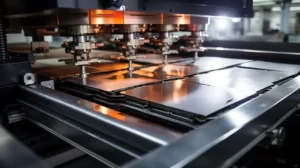
Fine blanking is a specialized metal forming process that combines the principles of stamping and shearing to produce high-precision parts. It utilizes a unique setup involving a punch, counterpunch, and a blank holder, allowing for minimal clearance and controlled material flow.
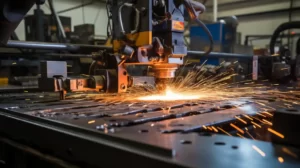
Oxy fuel cutting is a method for slicing through steel using a torch. The torch mixes fuel gas and oxygen to heat the metal surface. Once the steel reaches its ignition temperature, a jet of pure oxygen is blown through the heated area. This burns the metal and forces out the molten oxide, creating a narrow, clean cut.

Sheet metal punching transforms flat metal sheets into functional components. This process uses specialized tools called punches and dies to create precise holes and forms in metal sheets. During the punching process, a punch tool moves downward with significant force to penetrate the metal sheet. The die below the sheet supports the material and allows the punch to create clean cuts.
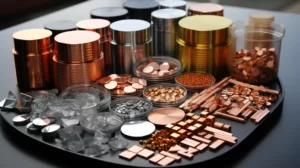
The metal strength chart helps match material strength to the task. It shows values like tensile strength, yield strength, and hardness. These numbers help you pick a metal to handle your loads, heat, or wear. Use this chart when comparing options during product design or sourcing. It saves time and cuts mistakes.
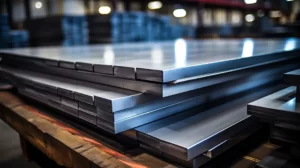
Mild steel and stainless steel differ in key ways like corrosion resistance, strength, cost, and application. Mild steel is strong and affordable but rusts easily. Stainless steel resists corrosion and looks better, but it costs more. The best choice depends on your project’s environment, budget, and performance needs.
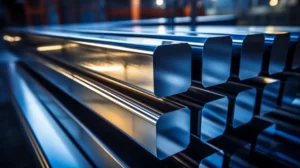
316 and 316L are both austenitic stainless steels with excellent corrosion resistance. The key difference? 316L has less carbon, making it better for welding and high-temperature applications. 316 offers slightly higher strength in non-welded, room-temperature uses.
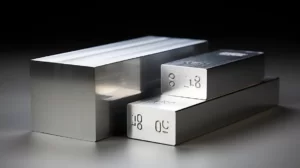
The choice between Aluminum 6061 and 6063 depends on your project requirements. Aluminum 6061 is stronger and better for structural applications. It works well in parts needing toughness, corrosion resistance, and machinability. Aluminum 6063 is more suitable for decorative or architectural uses. It offers excellent finishing qualities and is easier to extrude into complex shapes.
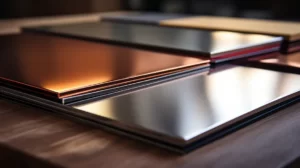
Stainless steel finishes refer to the various surface treatments applied to stainless steel to enhance its appearance and performance. These finishes can range from dull to highly reflective and are crucial in determining the material’s suitability for different applications.
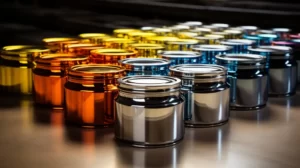
Reflective paint for metal is a special coating that reflects light. It contains small reflective beads—often made of glass or similar materials. These beads catch and bounce light back toward their source.
This paint is usually applied in thin layers over a primed metal surface. When light hits the painted surface, the embedded beads scatter the light and reflect it. The effect is especially strong at night or in dim areas.
Our working hours: Please feel free to contact us
Mon-Sat: 8:00 am – 8:30 pm
Phone: +86 0769-81150309
Email: [email protected]
Copyright @ 2023 Shengen. All Rights Reserved.
We will contact you within 1 working day, please pay attention to the email with the suffix”@goodsheetmetal.com”